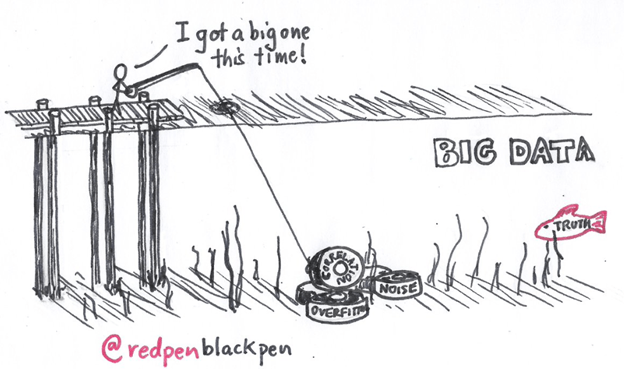Advancement in technologies has stemmed innovation in variety of fields. Entrepreneurs aim to invent new, better devices, software and solutions. And then there are some, that take it even further.
An example of this is Elon Musk – a businessman, inventor and engineer known by many as the founder of Tesla, or the aerospace company Space X. Notorious for his futuristic ideas, and his ability to (kind of) achieve them. Musk’s latest invention titled Neuralink is attempting to break into the field of neuroscience. The team, composed of neuroscientists, engineers and veterinarians, aims to develop a device that can directly interface with our brains.
Human brain is composed of 86 million neurons. Each of these neurons communicate with one another by sending electrical signals. Different parts of our brains are responsible for different types of activities; they carry information about things that we see, feel, touch or think. Neuralink aims to interact with neurons, by connecting electrodes into your brain that can detect the transmitted signals, and if needed stimulate them additionally with electrical current. It is installed, by cutting out a piece of skull, and replacing it with a coin-shaped device. This device then connects tiny wires to the surface of the brain, that can send electrical signals to make neurons fire signals, or read emitted signals. To make it even more sci-fi, the company has also developed a robot-surgeon that is able to perform the surgery and insert the device in several hours.
According to the company, the possibilities are endless. However, the first milestone is to allow people to control a robotic prosthetic limb or transmit the brain data to a digital device. Curing Parkinson’s and allowing relief from mental illnesses were also on the list. Recently, the device was presented in a live presentation with several pigs having the device implanted, and their brain activity displayed on a screen.
Our brains are still one of the fields in medicine that have not yet been fully discovered and understood. Even if Neuralink fails, I believe that such efforts are encouraged, as they allow to learn more about how human brain works, and gain insight into our conscience. It is likely that in the future, further advancements in technology will allow similar devices to emerge.
Let us hope that they do not fall into the hands of advertisers.
Sources/Further information
Presentation: Neuralink Progress Update, Summer 2020
Site: Neuralink.com


